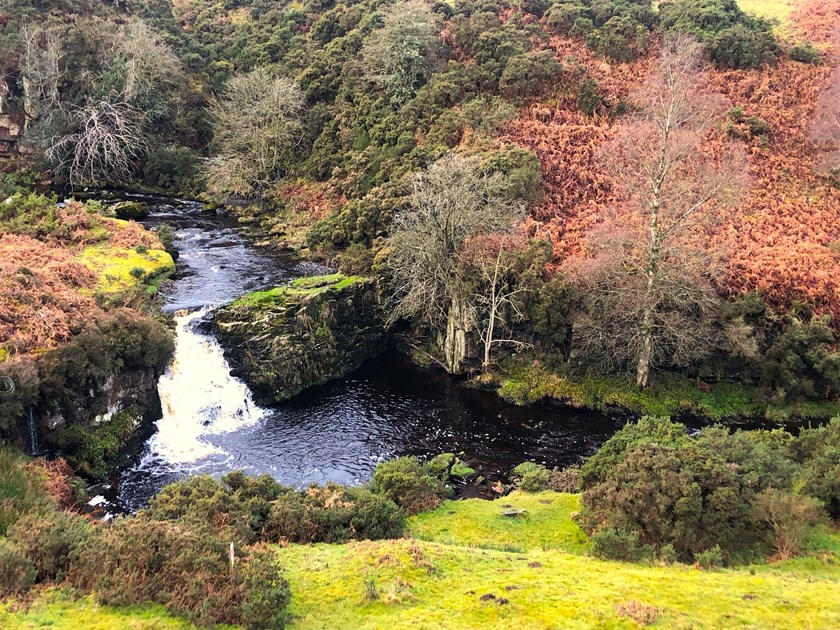ELMs: what we know now
Insight

“No longer possible to say ELM is a mystery” read the recent Farmers Weekly headline. Following hot on the heels of Mark Spencer’s (Minister of State for Food, Farming and Fisheries) speech at the Oxford Farming Conference, the publication of Defra’s policy paper on ELMs on 26 January (the prospectus) suggests that the roll-out of ELMs is finally gathering momentum and is beginning to show what sort of fruit it might bear. But much remains unclear.
Known knowns
The Agriculture Act 2020 (the Act) enacts the mechanism for withdrawing the UK from the Basic Payment Scheme (BPS) under the Common Agricultural Policy (CAP) and replacing it with a new UK-based system of support. The Act provides for a seven-year agricultural transition period (although that can be extended) from 2021 to 2027. During that time, BPS will be phased out and new financial assistance schemes will be phased in. Section 1 of the Act sets out what is meant by financial assistance and echoes the theme of “public money for public good”, but it is the Delegated Powers Memorandum and the 2020 policy paper on the agricultural transition plan which put flesh on the bones and introduce the language of Environmental Land Management schemes, or ELMs for short.
Money going out: 2023 is the last BPS claim year and next year delinked payments will replace it (their value based on the value of BPS from the reference period years of 2020 to 2022). However, progressive reductions have been applied to BPS since 2020, and reductions will continue to be made to it (and delinked payments) until the end of the transition period. Assuming you have farmed during the reference period and claimed BPS in 2023, you are entitled to claim delinked payments, regardless of whether you even continue farming. Cross compliance ceases to be relevant, although as many of the standards are in fact statutory requirements, they will continue to bind on that basis.
Money coming in: it was stated by the minister at Oxford, and subsequently repeated, that the same level of funding (just under £3bn) available to the sector under BPS would continue to be made available to the sector and there would be no siphoning off of funding. But how?
Initial uptake of the Sustainable Farming Incentive (SFI), proposed as the most accessible tier of ELMs and in which Defra would like 70 per cent of eligible farmers to be enrolled, has been poor, amid reports of payments being “modest” and a conspicuous absence of detail. Although the recent announcement of a “management payment” of £20 per hectare for the first 50 hectares may have looked suspiciously like buying support, the recent publication of the prospectus suggests the government has realised it must try harder on the points that really matter. Bluntly put, it must tell farmers what they have to do and what they will get paid for doing it. Many of the prospectus’ 129 pages set out precisely that for the (now) nine SFI standards. Payment rates are more attractive, and although critics suggest it favours arable, over, say, moorland or hill, it feels as though government is now taking ownership of the scheme.
The second tier of ELMs was to be Local Nature Recovery, but this was officially scrapped in Thérèse Coffey’s speech to the CLA on 1 December 2022 in favour of extending and enhancing the existing Countryside Stewardship schemes (CS). CS Plus is to be added too, aimed at encouraging farmers to tackle carbon and biodiversity with their neighbours. And if there seems to be a blurring of the boundaries between SFI and CS, that’s entirely intentional: further down the road a single “menu” of land management options is foreseen.
The final tier, Landscape Recovery, remains at the pilot stage: the initial 22 projects were announced on 2 September 2022. The opening of a second round of pilot projects later this year has been announced.
Known unknowns
Thanks largely to the prospectus, the shape of ELMs and the payments that will be made under it, are now much more transparent, but wider queries remain.
As Baroness Rock’s review of tenant farming in England (the Rock Review, published on 13 October 2022) made clear, much of the country is farmed by tenants and the average term is a little over three years: hence, SFI is a three-year scheme. The Rock Review also recommended that tenants should be able to enter such schemes without landlord’s consent. This is indeed how SFI operates, but is at odds with the fact that some tenancy agreements will prohibit tenants entering such schemes, without landlord consent. Defra also seems not sufficiently to have considered the fact that circumstances change, and it is not possible to transfer the scheme mid-term. If “management control” of the land is lost by the original scheme entrant, then they must apply to terminate (albeit without penalty). Given that CS is now being retained and enhanced, it would be nice to see CS’s existing – and useful – transferability replicated for SFI to avoid extra administration.
The top tier of ELMs, Landscape Recovery, is intended to comprise schemes of 500 to 5,000 hectares of “broadly contiguous” land, with a number of landowners coming together to enter into one, single agreement, with a blended public / private finance model. Agreements are intended to last for 20 years, and it is foreseen that conservation covenants (as enacted by the Environment Act 2021) may be used to bind landowners to their agreed actions. Cooperation is wonderful in theory, but trying to bind numbers of landowners together for a long stretch of time presents legal and practical difficulties. To name a few, what can each do on their land and not do? Who pays the price of default if funding is withdrawn? What if circumstances change and one landowner needs to withdraw, while the others wish to remain in? Ultimately, what if the predicted outcomes are not achieved?
Unknown unknowns
Calls for a land use framework, to attempt to review and balance the competing demands of housing targets, food production, public goods and eco-goods, are growing. How will ELMs interact with competing land uses, of which there are an increasing number? How are landowners supposed to weigh up their options and choose between them? The Forestry Commission has launched a plethora of woodland creation and management schemes and the Woodland Trust and Defra have more of their own. Rural estates may be able to make land available to developers for off-site biodiversity net gain and nutrient neutrality. Or they may be tempted to commit to schemes that create carbon or biodiversity credits. It is not just a question of what scheme to use where, but also whether and how different schemes can be used on the same land. Although Defra is clear that SFI and BPS can be claimed on the same parcel of land (providing that the same action is not being paid for twice) the broader question of whether and how different schemes can be “stacked” on parcels of land and the principles of additionality are not well understood. The rules are not yet established. This creates a headache for land managers, who will need to think strategically about the future uses of the land they manage. When you add estate planning, tenancies, tax reliefs and the hope of development into the bargain, the scenarios and calculations start getting very complicated.
The recent announcements on ELMs are a good beginning, but not an end. Defra have rightly focussed on providing the practical and financial detail that farmers need to decide whether to enter the schemes. Without their support, the schemes will flounder and government will struggle to make its recently updated, legally binding environmental targets. How ELMs will actually operate within the wider context of competing land uses, however, remains much less clear.
If you require further information about anything covered in this briefing, please contact Elizabeth Earle or your usual contact at the firm on +44 (0)20 3375 7000.
This publication is a general summary of the law. It should not replace legal advice tailored to your specific circumstances.
© Farrer & Co LLP, February 2023






